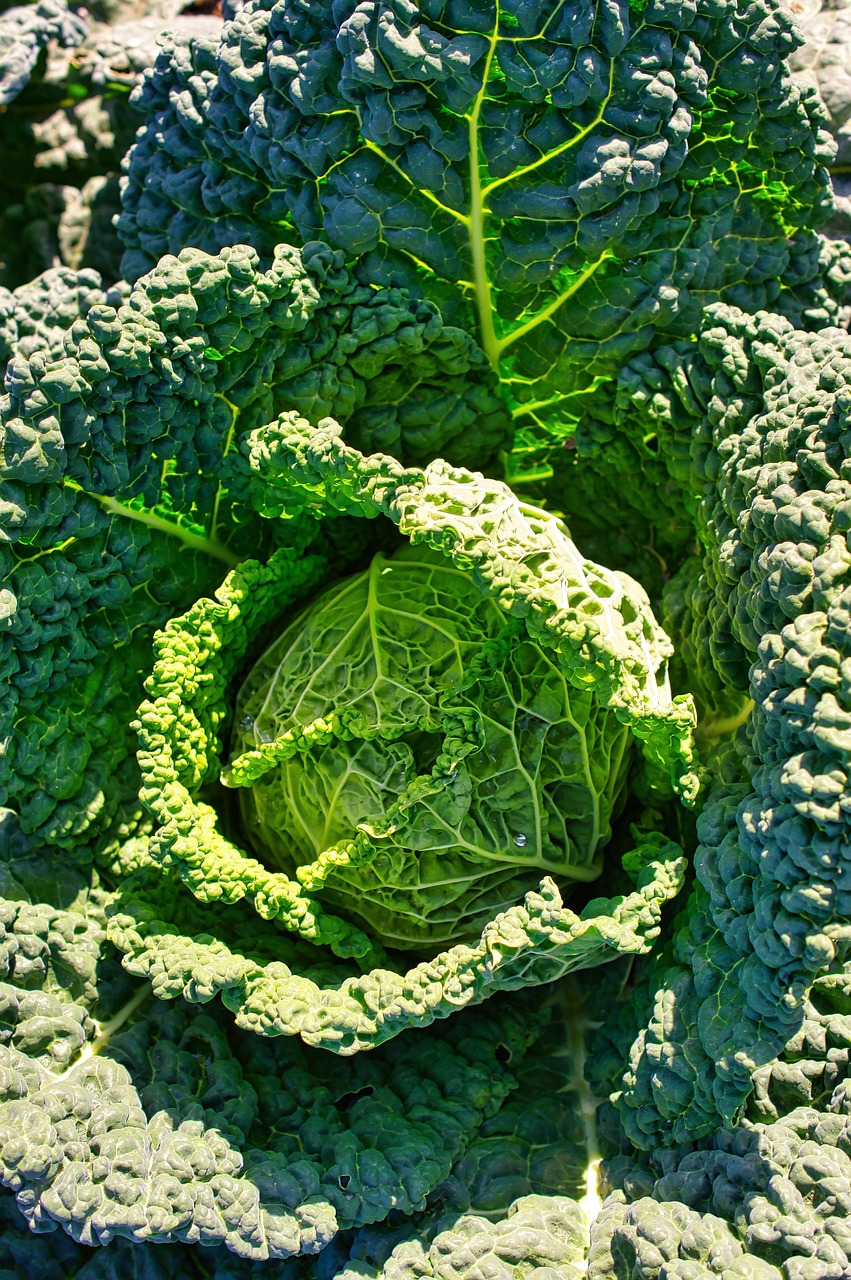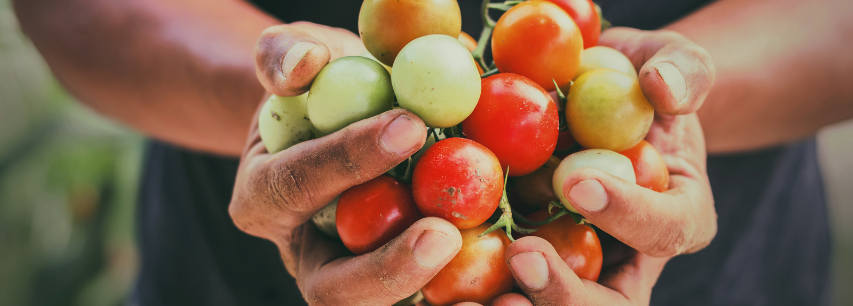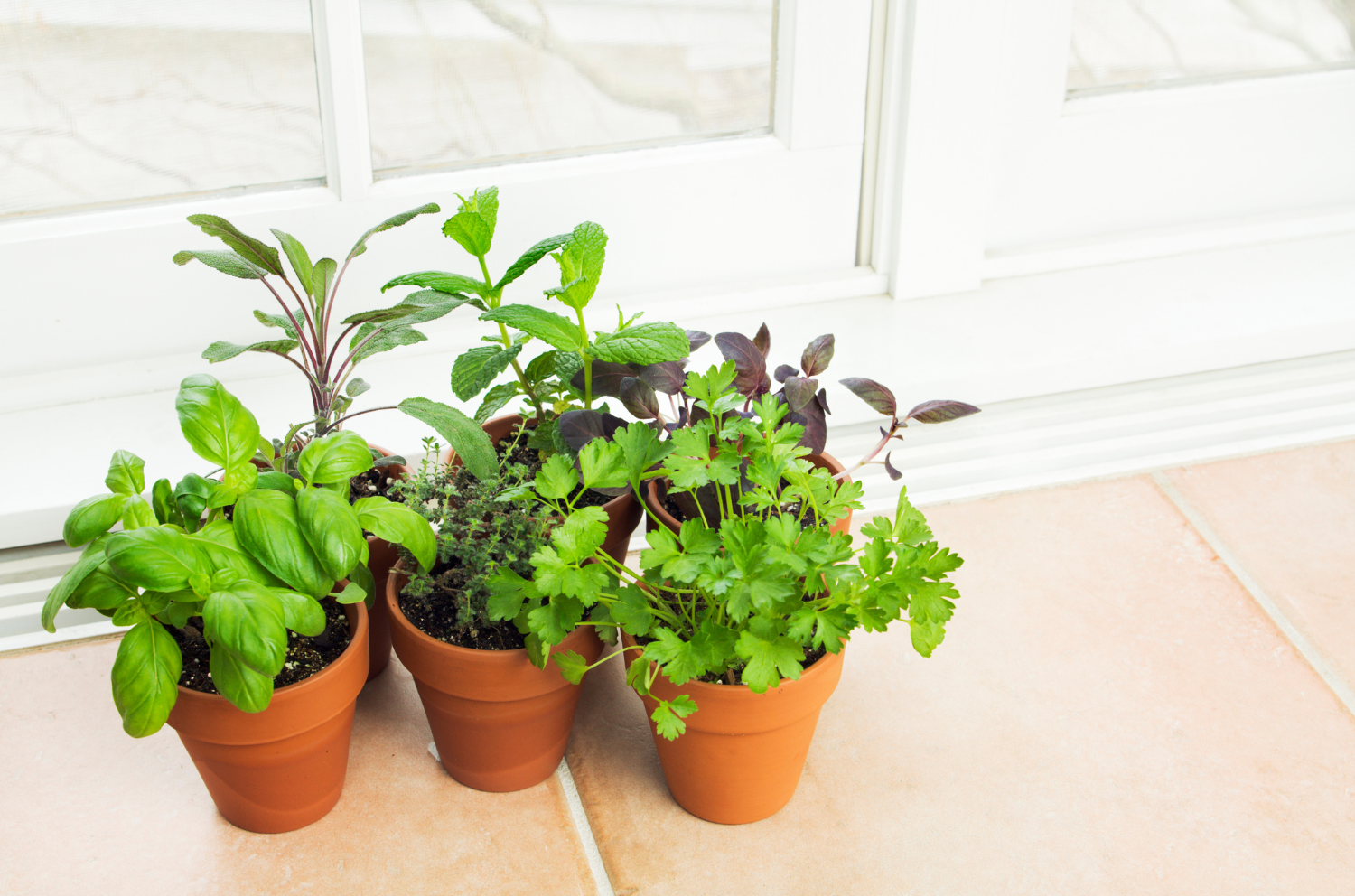At Home Kitchen Gardens, we’re passionate about helping everyday people grow food right where they live—whether that’s a balcony, patio, or a tiny backyard. Cabbage is one of our favorite vegetables to grow in an urban setting. It’s hearty, nutritious, space-friendly, and adds crunch and color to so many homemade meals.
Growing cabbages in your urban garden is not only rewarding but essential for a sustainable lifestyle.
We’ve found that cabbages thrive with just a little attention and care.
We grow cabbage every season here at home, and we’ve learned some practical tricks along the way. This article is your complete guide to growing cabbage in a small urban garden—from choosing the best variety to harvesting that beautiful head of leafy goodness.
Cabbages can be used in various recipes, enhancing both flavor and nutrition.
🥬 Why Grow Cabbage at Home?
Understanding when to plant cabbages can significantly impact your yield.
Many gardeners prefer to grow cabbages during the cooler months for optimal growth.
Cabbage is more than just a humble coleslaw ingredient. It’s packed with vitamins (especially C and K), stores well, and can be eaten raw, cooked, or fermented into things like sauerkraut and kimchi. And if you’re working toward self-sufficiency, cabbage gives you a lot of food for relatively little space.
Remember, cabbages are resilient and can tolerate cooler weather.
🗓️ When to Grow Cabbage in the USA
Cabbage is a cool-weather crop, which means it grows best in spring and fall.
Experimenting with different cabbage varieties can lead to exciting results.
- Northern states (Zones 4–6): Start seeds indoors 6–8 weeks before the last spring frost and transplant outdoors about 2–3 weeks before the frost date.
- Southern states (Zones 7–10): Plant in late summer for a fall harvest. Cabbage can even overwinter in some warmer climates.
💡 Pro Tip: For continuous harvests in a small garden, stagger your plantings every 2–3 weeks during the season.
🥇 Best Cabbage Varieties for Urban Gardeners
Here are the best cabbage varieties for container gardening and compact raised beds:
- ‘Golden Acre’ – Fast-growing and compact, perfect for pots.
- ‘Red Express’ – A small, vibrant red cabbage that matures early.
- ‘Savoy King’ – Crinkly leaves, great texture, and less prone to splitting.
- ‘Copenhagen Market’ – Reliable heirloom variety with tight heads and great flavor.
- ’Napa’ – Fast-growing, elongated variety with pale green crinkled leaves
Each type of cabbage brings unique flavors to your dishes.
All of these varieties do well in containers or small urban beds and provide great yields with minimal fuss.
When planning your garden, take note of how much space your cabbages will need.
📏 How Much Space Do You Need?
Cabbage needs room to grow, but it doesn’t demand a huge backyard.
- In raised beds: Space cabbage plants 12–18 inches apart. A 4×4 foot bed can hold 4–6 cabbages comfortably.
- In containers: Use pots at least 12 inches deep and wide. Grow one cabbage per container for best results.
Providing adequate spacing between cabbages will ensure they grow healthy and strong.
Cabbage pairs well with companion plants like dill, thyme, and nasturtium—great for saving space and deterring pests.
Healthy soil is vital for growing robust cabbages.
🌱 Soil, Mulch & Fertilizer Tips
Cabbage thrives in rich, well-drained soil with plenty of organic matter.
- Soil: Loamy and fertile with good drainage.
- pH: Slightly acidic to neutral (6.0–7.0).
- Mulch: Mulch with straw or sugarcane mulch to conserve moisture, keep weeds down, and stabilize soil temperature.
- Fertilizer: Add compost before planting and feed with a nitrogen-rich organic fertilizer every 3–4 weeks.
At Home Kitchen Gardens, we always top-dress with compost halfway through the season for an extra boost.
Regular feeding will help your cabbages reach their full potential.
🧰 Tools You’ll Need for Cabbage Gardening
Having the right tools simplifies the process of caring for your cabbages.
Urban gardening doesn’t need fancy tools. Here’s what we use:
- Hand trowel or transplanting tool
- Watering can or hose with a gentle spray
- Organic compost or worm castings
- Row covers or garden netting for pest control
- Garden scissors for harvesting
Optional: A soil thermometer is handy if you’re planting early in the season.
🐛 Pest Prevention in the Urban Garden
Even in the city, cabbage can attract pests. The most common culprits are cabbage loopers, aphids, and slugs.
Here’s how to manage them organically:
- Floating row covers: Keep pests out without chemicals.
- Neem oil spray: Effective and natural for aphids and caterpillars.
- Companion planting: Herbs like thyme and dill help repel bugs.
- Regular inspections: Check under leaves and remove pests by hand early in the morning.
Crop rotation is also important—even in small gardens—to avoid soil-borne issues like clubroot.
💧 How to Water Cabbage
Monitoring pests that target cabbages ensures a healthy crop.
Consistent moisture is key. Aim for:
- 1–1.5 inches of water per week
- Water at the base to avoid fungal issues
- Don’t let the soil dry out completely—mulching helps!
Container-grown cabbage will need more frequent watering, especially in warmer weather.
🌆 Growing Cabbage in Containers or Raised Beds
Implementing crop rotation is crucial for preventing diseases in your cabbages.
We’ve grown cabbage successfully in raised beds, large pots, and even repurposed buckets. Here’s what to keep in mind:
Watering cabbages consistently will lead to better growth and flavor.
- Choose a sunny spot—cabbage needs at least 6 hours of sunlight daily.
- Make sure containers have drainage holes.
- Use high-quality organic potting mix with compost mixed in.
- Support heads as they mature, especially in containers, to prevent them from tipping over.
🥗 Harvesting Your Cabbage
You’ll know your cabbage is ready to harvest when the head feels firm and dense to the touch—usually 60 to 90 days after transplanting, depending on the variety.
Use a clean, sharp knife to cut the head at the base, leaving the outer leaves and root system intact. Sometimes, new baby cabbages will grow from the stalk!
👩🌾 My Thoughts
Container gardening can be an ideal way to grow cabbages in limited spaces.
Growing cabbage at home—whether in a raised bed, balcony planter, or backyard—is a simple and satisfying way to take control of your food. With the right care and a little space, you can enjoy crisp, fresh cabbage that’s healthier, tastier, and more sustainable than anything from the supermarket.
At Home Kitchen Gardens, we believe everyone should be able to grow their own food—even in the heart of the city. So grab a pot, dig into some soil, and let’s bring a bit of the farm back home.
🌿 Happy growing! 🌿



Pingback: Homemade Kimchi: A Family Recipe for Gut Health